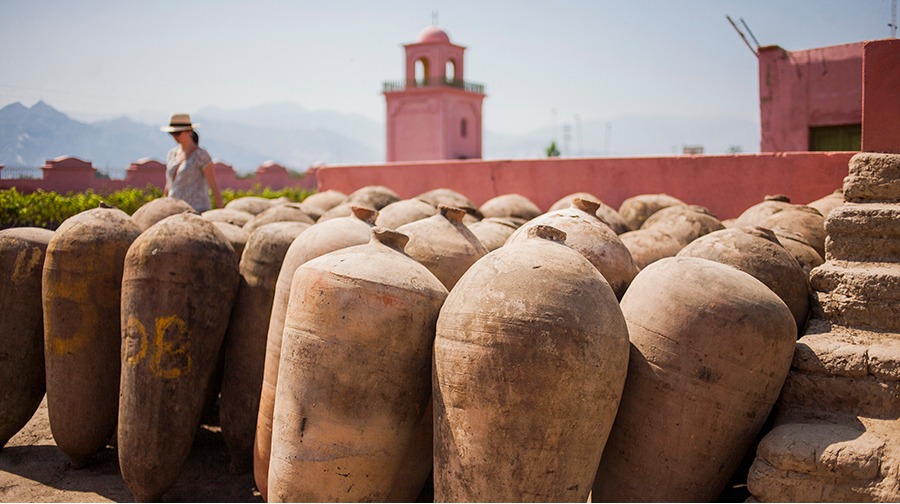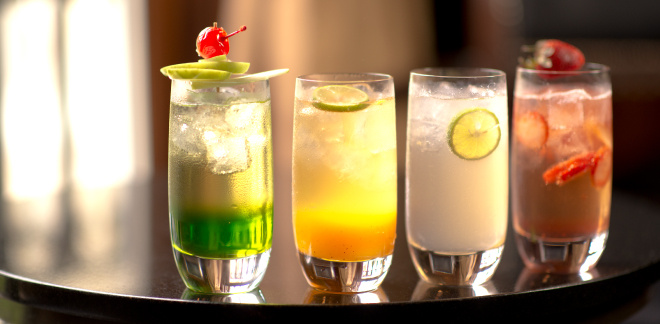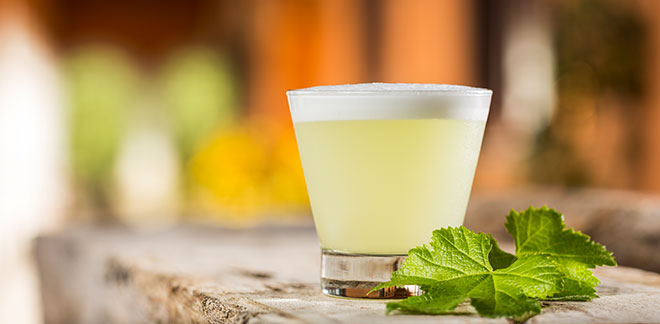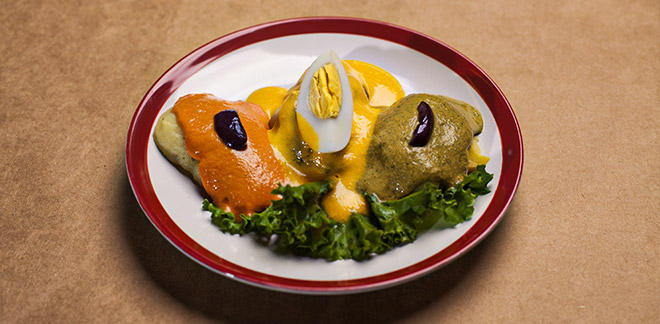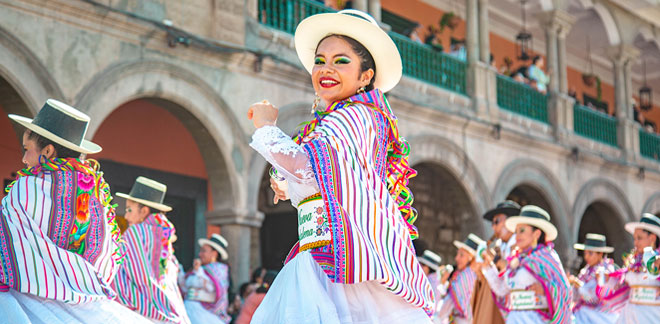A tour of the most emblematic pisco wineries
Síguenos en:Google News
We all know and love pisco, our national drink that is not only unique in the world, but has also received numerous international awards, with a denomination of origin that is recognized in 71 countries.
The Peruvian coast is characterized by its excellent soil for the creation of this distillate. The grapes that are used to make Peruvian pisco are grown in the departments of Lima, Ica, Arequipa, Moquegua, and the valleys of Locumba, Sama and Caplina in Tacna. There are also emblematic wineries in these same places that contain a lot of history, some of which have even existed since the 17th century, making them a mandatory stop to discover the origin and growth of this exceptional distillate.
Pisco, a brief summary
Before naming our national drink’s most emblematic wineries, it is necessary to know a little about the history of pisco. Everything began with the arrival of the Spanish. With the conquest already complete, construction began of many churches that would need wine to give mass. When wine started to become scarce, the conquered territory began to be used for vineyards. Most historians agree that the first grapes were brought by the Marquis Francisco de Caravantes in the mid-16th century, and that they came from the Canary Islands.
But how did this liquor start being distilled? When the grapes arrived in Peru, the winemaking process began. However, its quality was so good that the Spaniards decided to sell it. The success of Peruvian wine in Spain was such that merchants living in Spain began to complain because their sales had decreased dramatically. An export restriction was negotiated through Philip II and was accepted in 1613. Faced with this, coastal producers intensified the production of Pisco, a drink that was starting to become popular.
The oldest in America
The oldest distillery in the Americas is located in the areas of Quilloay, in the province of Ica. We are referring to La Caravedo, which has structures dating back to 1684. This vineyard, headed by Johnny Schuler, perfectly combines modern technology with the traditional process involved in creating this distillate. This is why they keep a circular press where they crush the grape, which is sent through channels to large ovens that are heated above copper stills dedicated to caring for the environment. The result can be appreciated after at least three months, when it is left to rest before being bottled. In the case of Portón (pisco produced 9 years ago), they wait at least one year.
The tour begins with what could easily be called an 'art museum', where the eight pisco grapes used in the production of any pisco are exhibited. Every corner of this hacienda is an obligatory stop to discover the history of our national drink. They also have tanks that store up to 13,000 US gallons and German stills that surround the hall at the plant, a modern infrastructure used for the production of green musts.
Hacienda Quilloay
The Quilloay winery is one of the places where pisco is still produced in the traditional manner. Its great promoter and winemaker, José Moquillaza, makes sure that the pisco production processes are carried out with the least possible intervention of modern technology. "Here we make natural wines and piscos by following the traditional method closely, without any cooling systems, without using sulfites in production, with as much manual labor as possible and without making corrections of any kind, in addition to using traditional materials in the production and rest periods", says Moquillaza.
This work not only led to the emergence of El Inquebrantable –recognized as one of the best piscos on the market– but also to a revival in the use of amphoras and botijas, which had fallen into disuse. In addition, Moquillaza says that one of his big projects is to build 'The Pisco Houses' and a rustic style tasting room, to showcase the quality of the pisco.
Taberna Queirolo
The tradition of this winery began in 1877, when the Queirolo family arrived in Pueblo Libre from Genoa, Italy. Three years later, Santiago Queirolo founded the tavern that was responsible for the production of wines and piscos. The urban growth of Lima caused the family to move to Cañete, where they had vineyards.
In 2000, the third generation of the clan began what would be the renovation of the winery. To do this they acquired vineyards in the valley of Ica, where there is an estate managed by Jorge Queirolo and that includes the Hotel Viñas Queirolo, located in the valley of Ica and considered the only lodging in the middle of a vineyard in Peru. Couples, families and/or groups of friends can stay here.
Bodega Viña Vieja
Located in Chincha, the bodega has been producing for over two hundred years and covers over 740 acres. It has managed to maintain its tradition and combine it with modern technology, without this affecting the final product: top quality piscos and wines. Its brands include Finca Rotondo, with numerous awards, Montesierpe, and the recently acquired Pisco Vargas.
Tres Ríos and Biondi
A few miles further south, there are two wineries that house a lot of history and tradition. The first is the Tres Ríos winery, located in the valley of Santa Rita de Siguas, Arequipa, whose best representative is the Costumbres pisco. This winery has first class infrastructure such as copper stills and special stainless steel tanks, as well as green areas suitable for a pleasant visit. It currently covers almost 50 acres, including all the varieties of pisco grapes (Quebranta, Mollar, Negra Criolla, Uvina, Italia, Moscatel, Torontel and Alvilla).
The Biondi winery, located on the OMO estate in Moquegua, is the largest Italian grape estate in Peru. The history of this vineyard dates back to the 1940s, when Manuel Biondi Bernales arrived in the valley of the southern department, but it was not until 1972 that the company was founded and began producing this distillate which was presented to the most influential families in Lima. Today, it has a modern plant specialized in the preparation of this distillate, recognized both here and abroad.
Did you know?
- There are three types of Pisco.
Pure: obtained from a single distillation of fresh must which is completely fermented and comes exclusively from a single variety of Pisco grape.
Green Must: obtained from a single distillation of fresh must from incompletely fermented Pisco grapes.
Pisco Acholado: obtained from a mixture of Pisco grapes, as well as fresh musts from Pisco grapes which are completely fermented or incompletely fermented. it is in addition possible to make it from a mixture of Piscos, with the proportions in each mixture chosen by the producer.
- La Caravedo winery's Portón pisco appears in the video clip 'Rabiosa', by Colombian singer Shakira.
Sources: Indecopi/ Gestión/ El Comercio/ La República/ Santiago Queirolo/ Pisco Costumbres/ Sommelier/ pisco.net.pe



